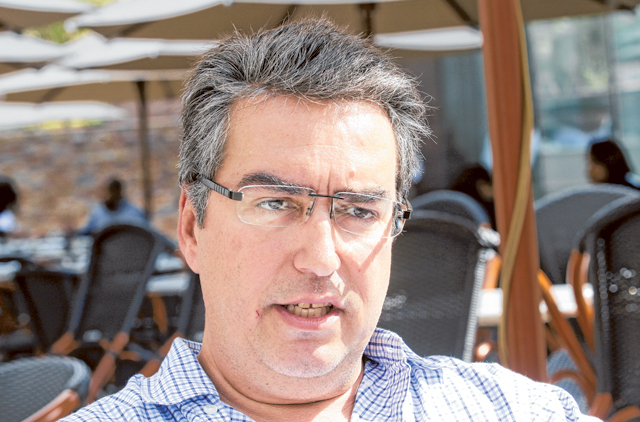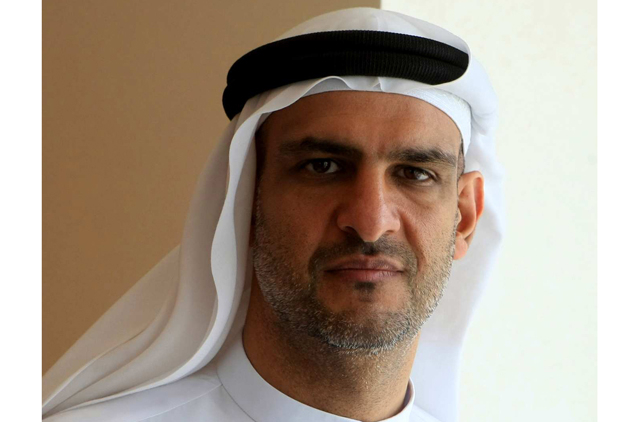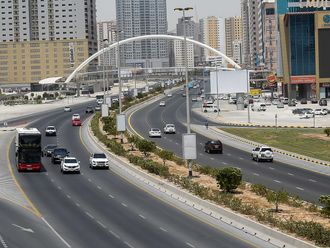
Dubai: Dubai Police are trying out a Segway-like electric vehicle for patrolling and this eco-friendly, low-carbon footprint, maintenance- and insurance-free vehicle is back in the spotlight.
Currently, this energy-efficient PT vehicle ideal for pavements, inner roads, bylanes and cross-terrain transport is being largely used either for recreational purposes like tourist trips in public squares for commercial use by malls, security agencies and hotels.
“The Segway is one of the most energy-efficient vehicles using electricity worth Dh4 for every 1,000km,” says Steven Brown–Cestero, CEO of Segway Dubai. “On a single charge of its special twin lithium ion batteries, it can run for 24.6km or more at an average speed of anything between 16km-20km,”
From 2005, when it was introduced in the UAE, the Segway has mostly been bought by largely corporate companies comprising hotels, malls, security services, police and hospitals, who use it for delivery of food to beach clients, mall tours, patrolling and emergency medical services, respectively.
Of the four to five models, the i2, a smaller version, is popular in the region ,whereas in the UAE, the X2, meant for cross-terrain driving such as in beaches and parks, is more popular.
Steven rides it every day from home to office — a distance of 2.5km. In the past, when his office was in Deira, he would often ride from Dubai to Deira — a distance of 20km at a speed of 20km/h reaching his destination in about 45 minutes. “I would take the entire length of the Beach Road through Satwa roundabout and via the pavement on Maktoum Bridge to bylanes around the Clock Tower in Deira. I avoided arterial roads, stuck to smaller lanes, bylanes, always avoiding the highways,” he adds.
Steven has had several meetings with the RTA which he says approves of this means of transport and is viewing it as a solution to the last mile between the station and the home of the Metro rider. He has been in negotiations with them to allow the commuter to carry the 41-kg contraption on board the Metro. “So far they have been positive and I am hoping for this permission to be granted,” he says.
At the moment, Steven says, “The Roads and Transport Authority counts it in the category of a pedestrian and not a vehicle; therefore, there are no parking charges.”
Where can Segways be used?
According to a senior RTA official, Segways and small electric bikes are not allowed to operate on roads. “Any vehicle that is not registered with RTA cannot be used on roads. Segways and small electric bikes can be used in parking lots, pavements and closed areas like malls, souqs etc,” said Ahmad Hashim Behroozian, CEO of RTA’s Licensing Agency.
According to UAE regulations, any vehicle below 80cc engine capacity cannot be registered.
“Segways and electric bikes are like bicycles and the regulations applicable for cycles could apply for these vehicles as well,” added Behroozian.
Speaking about the Dubai Police initiative to use Segway-like vehicles, Behroozian said: “We have not been informed about this initiative and we are not aware how and where Dubai Police are going to use them. But I’m sure they will be using these vehicles only in prescribed areas.”
He added that Segways are suitable for use in areas like the Gold Souq, Mohammad Bin Rashid Boulevard, Jumeirah Walk, etc.
Parking
Parking is hassle-free as the vehicle requires very little space and can be propped against a wall or door or table. The handles are detachable and once you arrive at your destination, removing them makes it easier to park your vehicle. A smart lock on the info key makes the Segway a giant paperweight which makes it burglar-proof.
You need to remember only three things to keep your Segway in top running condition:
1. Recharge your battery at least once a month.
2. Put air in the tyres at the petrol station regularly.
3. Hose it with low-pressure water and wipe it clean to keep sand particles off its surface and in the system.















